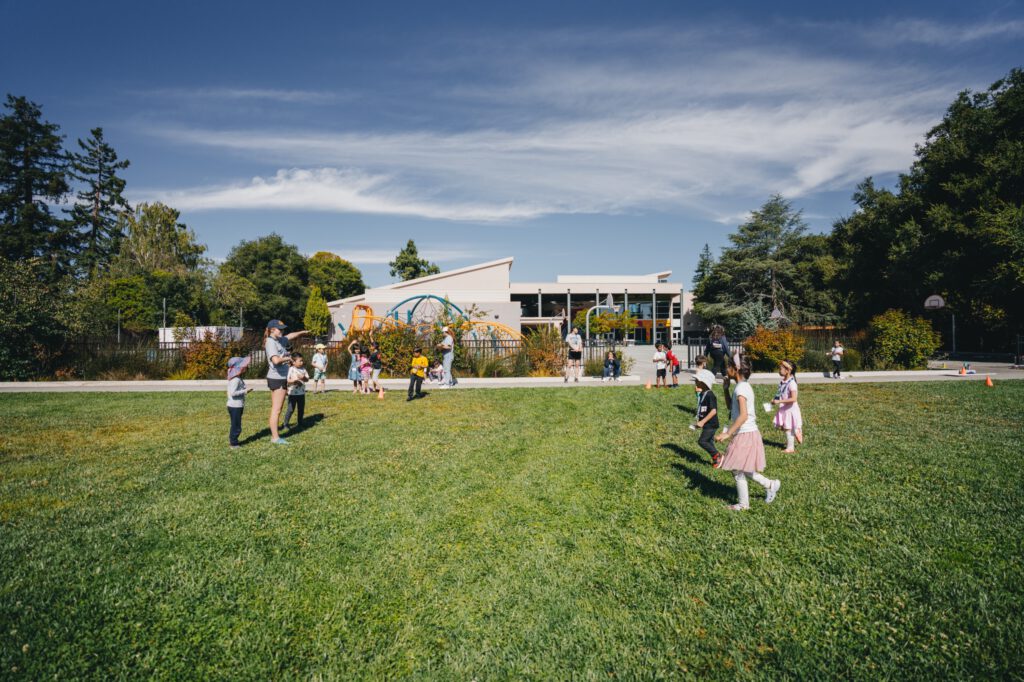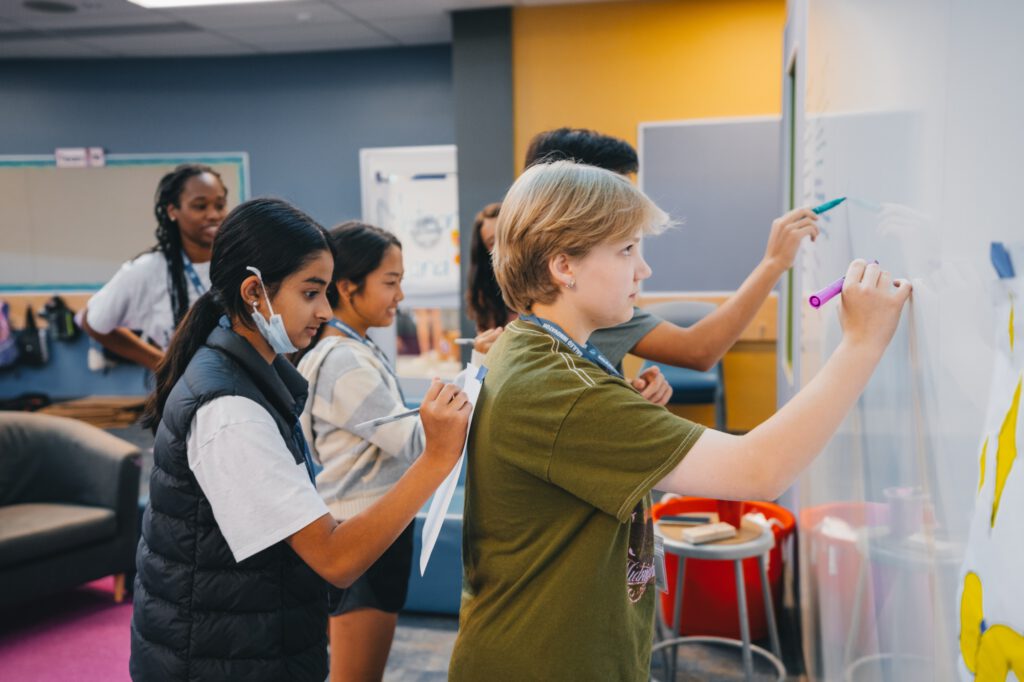“Water, water everywhere, and not a drop to drink.” This modernized version of a line from “The Rime of the Ancient Mariner” describes the unique dilemma faced by many around the world. Though, at a glance, the Earth appears to be covered with water, 97% of it is salt water. Of the 3% that is freshwater, 69% of that is frozen in glaciers and snowfields and 30% exists as groundwater. That leaves considerably less than 1% of Earth’s fresh water accessible to drink. As the world’s population grows, the strain on our supply of potable water will only increase.
Most of us don’t think about water conservation as often as we should, but there are times and places where people are forced to confront the reality that water is scarce and not an infinite supply. While we may think of fresh water as a renewable resource, clean, drinkable water is not universally available. As future stewards of the Earth, it is important that kids have knowledge of the world’s water supply and understand their capacity to preserve and protect it. Teaching water conservation for kids engages useful STEM skills and imparts a valuable eco-consciousness that can promote positive change.
Understanding the Facts About Water
The amount of available freshwater has remained relatively constant over time, and it has been recycled continuously through the water cycle. But as the Earth’s population continues to increase, so does the competition for clean, drinkable water. In some areas of the world, water is plentiful and easily accessible; in others, water is scarce and costly or laborious to transport. And at times, drought can challenge unlikely communities with transient local shortages.
Books are a great place to start when teaching kids about one of our most valuable resources. A Drop of Water: A Book of Science and Wonder has awe-inspiring photographs and fascinating facts, as well as some simple experiments kids can do at home. Another amazing book for middle schoolers that is changing the world is A Long Walk to Water: Based on a True Story, written by Linda Sue Park. It tells the parallel stories of a boy and girl in South Sudan separated by 23 years; one is fictional, the other autobiographical, and it has motivated U.S. students to raise over a million dollars to drill life-giving wells in South Sudan. The added benefit is that since many young girls no longer have to walk for hours each day to fetch water for their families, they can now, for the first time, attend school.
Motivating Eco-action
Learning about the plight of kids in the developing world who lack easy access to water is key. Beyond building empathy, A Long Walk to Water has brought many kids to take action which has resulted in improved access to clean drinking water. But action is also needed to conserve and protect the world’s water resources; today’s kids will be responsible for tomorrow’s improvements and innovations. They must understand water science and conservation technology. This includes knowing their own capacity to conserve clean water: turning off the tap while brushing teeth, taking short showers instead of baths and pouring leftover drinking water into plants rather than down the drain. Kids can learn about desalination, the process of removing salt from ocean water, through easy investigations. Helping kids develop awareness and eco-consciousness also requires open discussions to ensure that they understand the issues and challenges we face.
Empowering Kids to Impact Change
Beyond the learning kids do at home and in school, an innovation summer camp can be an enlightening and empowering force for change. This experience helps kids see themselves as change agents, capable of meaningful impact. Camp Galileo, for kids entering Pre-K through 5th grade, and Galileo Summer Quest, for those entering 5th through 8th grades, meet this challenge with a two-fold approach. First, they help kids develop STEAM skills (that’s STEM plus arts-integration). Second, all camps are grounded in the Galileo Innovation Approach®, a process that helps kids recognize their power to create change. Each week-long program teaches them that their ideas are powerful and gives kids tools to make them happen. Another critical component is learning to deal with ideas that do not work, using them as stepping stones to future success.
The GIA helps kids to embrace an Innovator’s Mindset:
- As visionaries, kids are encouraged to share their great ideas and keep them coming.
- To be courageous, kids learn to take risks and persevere through adversity.
- As collaborative team members, campers work together and support each other.
- To remain determined, they learn to view mistakes and failures as a normal part of the process.
- As reflective innovators, campers pause to look back on their experiences and learn from them.
Hope for the Future
Engaged and motivated kids on a mission are unstoppable. Through books, investigations and discussion, we can help kids learn about water conservation and develop empathy for those who lack clean water access. By enabling them to see themselves capable of fearless innovation, we can ensure that the next generation of activists will trust in the power of their ideas and be willing to act on them. An understanding of our ecological predicament and a toolbox of science, technology, engineering, art/design and math skills will prepare kids to impact innovations that someday ensure access to fresh, drinkable water for all of Earth’s inhabitants.
To motivate and empower your future innovator, check out these camps in your area: San Francisco, Southern California, and Chicagoland. Register for a camp session or sign up for our mailing list to keep up-to-date with camp happenings and innovation resources. Or, for more information about Galileo camps, contact us here.



